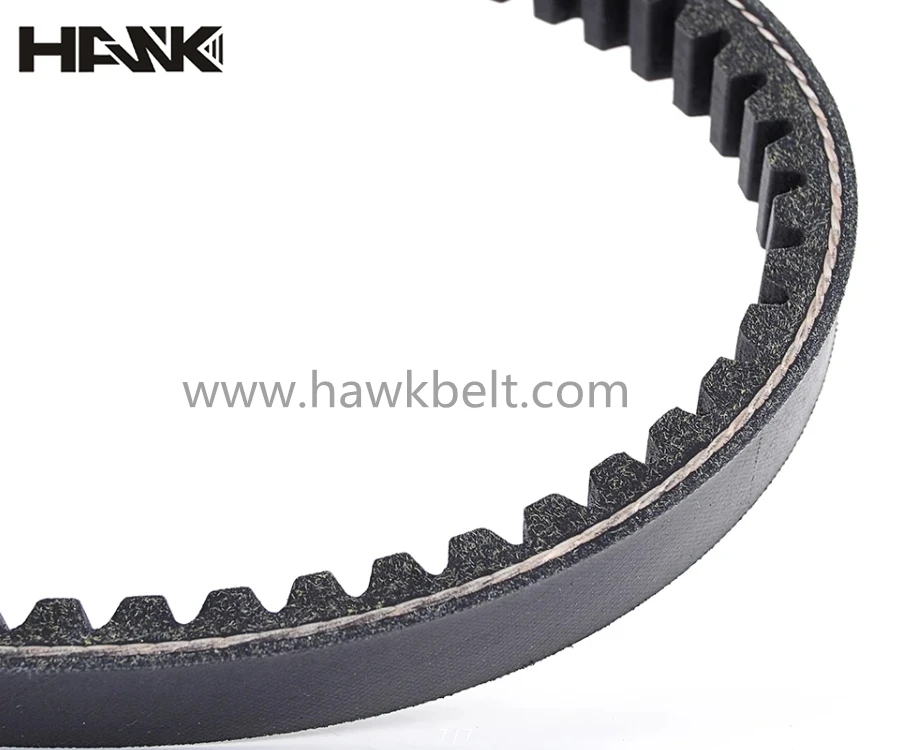- Arabic
- French
- Russian
- Spanish
- Portuguese
- Turkish
- Armenian
- English
- Albanian
- Amharic
- Azerbaijani
- Basque
- Belarusian
- Bengali
- Bosnian
- Bulgarian
- Catalan
- Cebuano
- Corsican
- Croatian
- Czech
- Danish
- Dutch
- Afrikaans
- Esperanto
- Estonian
- Finnish
- Frisian
- Galician
- Georgian
- German
- Greek
- Gujarati
- Haitian Creole
- hausa
- hawaiian
- Hebrew
- Hindi
- Miao
- Hungarian
- Icelandic
- igbo
- Indonesian
- irish
- Italian
- Japanese
- Javanese
- Kannada
- kazakh
- Khmer
- Rwandese
- Korean
- Kurdish
- Kyrgyz
- Lao
- Latin
- Latvian
- Lithuanian
- Luxembourgish
- Macedonian
- Malgashi
- Malay
- Malayalam
- Maltese
- Maori
- Marathi
- Mongolian
- Myanmar
- Nepali
- Norwegian
- Norwegian
- Occitan
- Pashto
- Persian
- Polish
- Punjabi
- Romanian
- Samoan
- Scottish Gaelic
- Serbian
- Sesotho
- Shona
- Sindhi
- Sinhala
- Slovak
- Slovenian
- Somali
- Sundanese
- Swahili
- Swedish
- Tagalog
- Tajik
- Tamil
- Tatar
- Telugu
- Thai
- Turkmen
- Ukrainian
- Urdu
- Uighur
- Uzbek
- Vietnamese
- Welsh
- Bantu
- Yiddish
- Yoruba
- Zulu
ነሐሴ . 30, 2024 00:08 Back to list
differenet kinds v belt
Different Kinds of V-Belts
V-belts are crucial components in various mechanical systems, primarily used for power transmission in machinery. The design of these belts allows for effective transfer of energy from one rotating part to another, ensuring smooth operation in applications ranging from automotive engines to industrial machinery. Understanding the different kinds of V-belts can help users select the right type for their specific needs.
Different Kinds of V-Belts
Next, we have the narrow V-belt, which is thinner than the standard type but still maintains the trapezoidal shape. This design offers a higher power-to-weight ratio, making it ideal for applications that require more power in tighter spaces. Narrow V-belts are widely used in automotive engines and other high-performance applications, where efficiency and performance are paramount.
differenet kinds v belt

Another noteworthy type is the double V-belt. As its name suggests, this belt has a V-shaped profile on both sides, allowing it to run on both sides of a pulley. Double V-belts are excellent for applications requiring power from both sides, making them particularly useful in scenarios where space is limited or where a compact design is essential.
Cogged V-belts are also popular, especially in high-speed applications. These belts have notches or cogs on their inner surface, which help to increase flexibility and reduce bending resistance. The design allows for better alignment with pulleys and is less susceptible to overheating during heavy use. Cogged V-belts are typically utilized in systems with high RPMs, such as lawn mowers and certain manufacturing equipment.
Lastly, synchronous belts, sometimes referred to as timing belts, differ from traditional V-belts in that they are designed to maintain a specific timing between components. These belts feature teeth that interlock with corresponding grooves on the pulley, ensuring precise movement. Synchronous belts are commonly used in applications where timing is crucial, such as in conveyor systems and robotics.
In conclusion, there is a diverse array of V-belts available, each designed to meet specific industrial and automotive requirements. Choosing the right type of V-belt depends on factors such as application, space constraints, and power requirements. By understanding the differences and applications of each type, users can ensure optimal performance and longevity of their mechanical systems.
-
Korean Auto Parts Timing Belt 24312-37500 For Hyundai/Kia
NewsMar.07,2025
-
7PK2300 90916-T2024 RIBBED BELT POLY V BELT PK BELT
NewsMar.07,2025
-
Chinese Auto Belt Factory 310-2M-22 For BMW/Mercedes-Benz
NewsMar.07,2025
-
Chinese Auto Belt Factory 310-2M-22 For BMW/Mercedes-Benz
NewsMar.07,2025
-
90916-02660 PK Belt 6PK1680 For Toyota
NewsMar.07,2025
-
drive belt serpentine belt
NewsMar.07,2025

